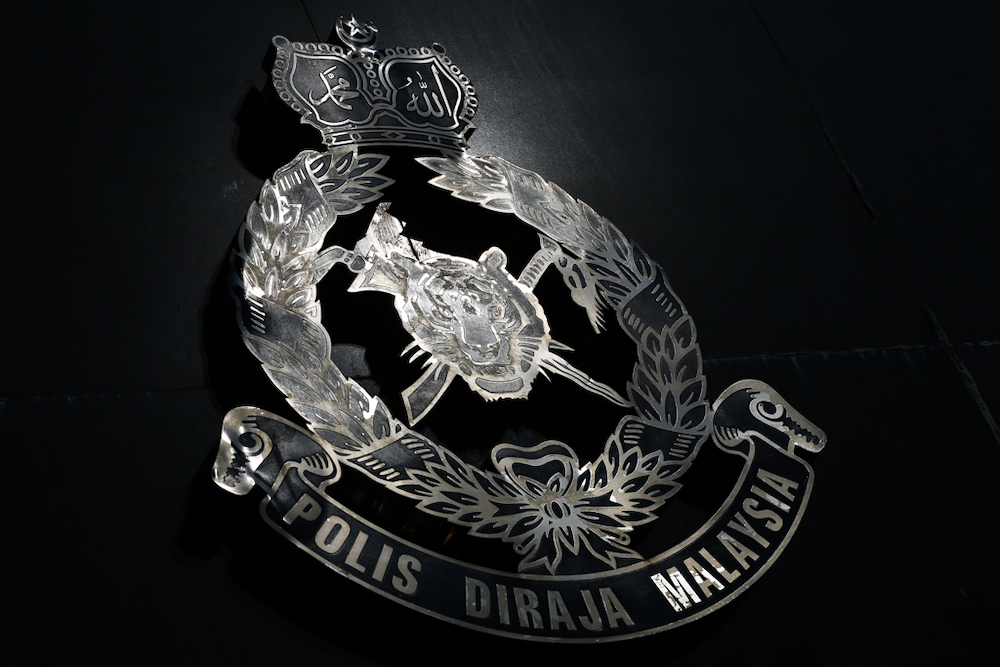ADVERTISE HERE
KUALA LUMPUR: A total of 106 of the 403 projects to upgrade the facilities of identified dilapidated clinics with an allocation of RM150 million this year have been completed as of July 30.
Deputy Health Minister Datuk Lukanisman Awang Sauni said a total of 296 projects are still in the implementation stage and one is in the pre-implementation phase.
He said under the same initiative, a total of 436 projects were also identified and approved with allocations of RM110.45 million last year.
“The Ministry of Health (MOH) is always committed to ensuring that health assets are well maintained to provide the best health services to the people. For that, the ministry appointed a concession company under the Hospital Support Service (PSH) programme in hospitals and the Medical Equipment Enhancement Tenure (MEET) programme in MOH clinics to carry out comprehensive maintenance.
“The implementation of this PSH programme involves 148 MOH hospitals nationwide while the implementation of the MEET programme involves all health and dental clinics in Penang, Perak, Selangor, Kuala Lumpur, Putrajaya, Negeri Sembilan, Melaka, Johor, Sabah, Sarawak and Labuan,“ he said during the question and answer session at Dewan Negara today.
He was replying to a question by Senator Datuk Aziz Ariffin who wanted to know what measures were taken to ensure that each health asset was well maintained and how many poor clinic facilities were identified.
Lukanisman said the maintenance process includes the implementation of scheduled maintenance, repair of damage and the implementation of Electrical Safety Test (EST) as well as operational training for users at health facilities.
He said all the maintenance was carried out in accordance with the manufacturer’s regulations and related standards to guarantee optimal functional quality for medical equipment while also ensuring that medical equipment is safe to use.
He also said that in the future, the concession company’s services that also supply health assets to MOH facilities will be improved since the implementation of supply through the “Lease to Own” programme currently has certain weaknesses.
“The Lease to Own programme is good but sometimes the equipment we receive after the end (period) of the concession was beyond economic repair. So we slightly changed the use (concept) of leasing, where we can make sure that the equipment provided will always be maintained.
“Within a certain period, the equipment will be changed to a new one and for the equipment returned to the supplier (concession), we will make sure it can form a secondary market (resell) outside,“ he said.









 English (US) ·
English (US) ·